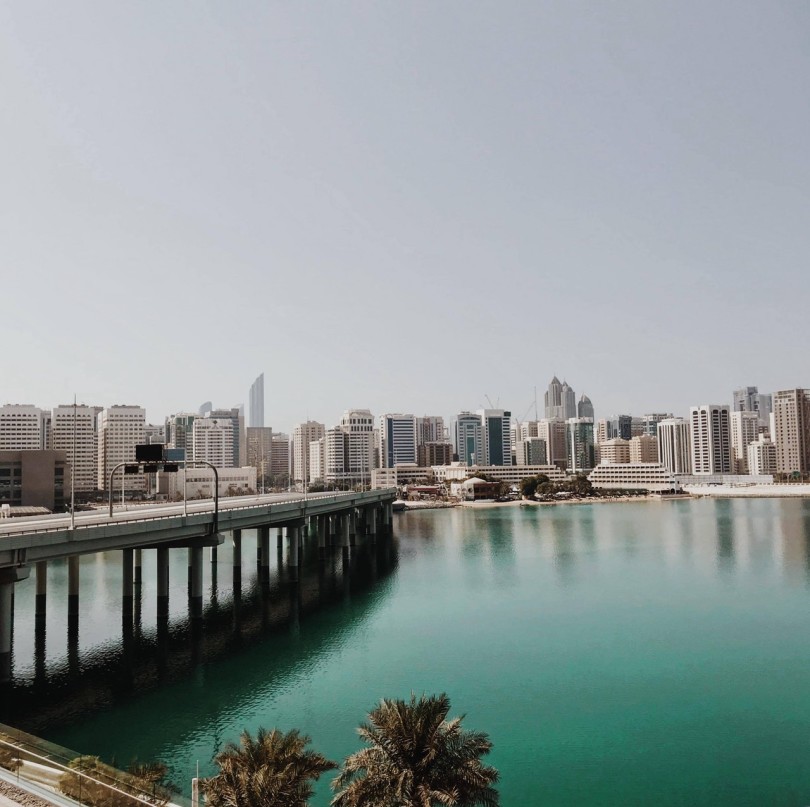How does Battery Energy Storage work?
19 Apr 24
Enviro ChatThe Global News Source for the World of Science and Chemicals
11 November 2019
Chem Chat
This month, the UAE announced plans to build the biggest single-site solar power facility in the world, cementing its reputation as one of the leaders in renewable energy across the globe. However, that news was tempered somewhat by the revelation that it will continue to increase oil production in the meantime.
As one of the world’s largest oil producers, the UAE (and the surrounding Middle Eastern region) have long been associated with the damaging emissions produced by the fossil fuel industry. While the country is striving to transition away from those polluting sources of energy, the fact that its economy is so dependent on the fuel source means that a combination of oil and clean energy is necessary for its continued development, at least in the short term.
Abu Dhabi is already home to the largest single-site solar plant in the world, through its 1.17GW photovoltaic (PV) solar farm in Sweihan. However, the country’s latest announcement has revealed that it plans to smash that record with the construction of a 2GW facility in Al-Dhafra in the Emirati capital.
The plans are part of the UAE government’s ambitious plans to reduce their reliance on fossil fuels and source 44% of their overall energy total from renewables by 2050. When its nuclear capacity is factored into the equation, the goal becomes even more ambitious: 75% of energy from clean sources by 2050.
Despite those impressive aims, there’s no getting away from the fact that the UAE is still currently dependent on oil for its economic stability. At present, the country is the eighth biggest producer of oil in the world, responsible for just over 3.1 million barrels per day. However, when considered on a per capita basis, it’s the second largest producer behind only nearby Kuwait.
That situation isn’t one that’s likely to change anytime soon, either. According to the UAE Central Bank, petroleum exports rose 13.9% between 2017 and 2019, reaching an all-time high of $66.2 billion this year. The country is also expected to boost its capacity by almost a million barrels by next year, making it the fifth biggest producer in the world.
One way in which the UAE is looking to reduce that dependence on oil is through an initiative known as Shams Dubai Solar Programme. The measure aims to reward those businesses and homes which install PV panels on their roofs by affording them discounts in their energy bills going forwards.
As such, the UAE is providing a commendable demonstration of how oil and clean energy can be combined to allow a smooth and seamless transition from one to the other. Another illustration of the potentially symbiotic relationship between the fossil fuel industry and the environment can be seen in research from the University of Edinburgh, which has found that underwater oil and gas structures in the North Sea could provide a valuable ecosystem for coral and other marine organisms to thrive in.
DOWNLOAD PDF

2 Day Seminar Program
@ ArabLab+ 2024
24 & 25 September 2024
Your stay in Dubai
Labkit
Product News
Chemkit
Product News
Thinking about exhibiting at ARABLAB 2024? Watch our video to find out more.
Join the world’s leading organisations…
Join our mailing list and receive the ARABLAB newsletter and event updates.